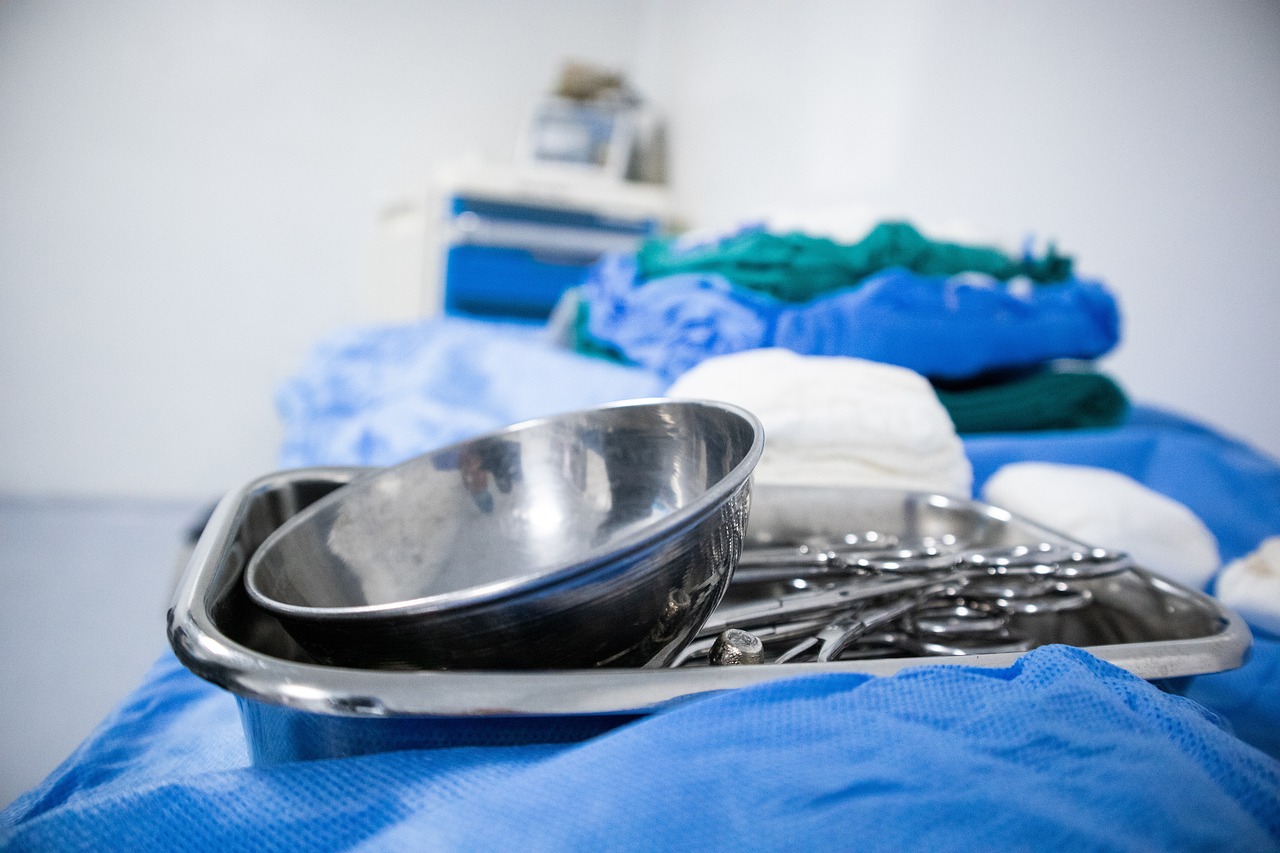A Showcase of Ancient Surgical Tools
The catastrophic eruption of Mount Vesuvius in 79 CE effectively sealed the Roman cities of Pompeii and Herculaneum under a thick layer of ash and pumice. When excavated centuries later, items buried under this volcanic material were found to be remarkably well-preserved. Among the rescued artifacts, surgical instruments were notably discovered, with the most renowned collection originating from Pompeii’s House of the Surgeon. This residence earned its name due to the significant number of surgical tools found on-site. In 1947, replicas of these instruments were gifted to the Claude Moore Health Sciences Library by the University of Virginia’s 8th Evacuation Hospital, following its deployment in Italy during World War II. This assortment stands as one of the finest examples of surgical instruments from the first century CE. Remarkably, there was very little progress in surgical techniques and tools from the era of Hippocrates (5th century BCE) and Galen (2nd century CE). Therefore, this collection serves to illustrate surgical practices that remained largely unchanged for nearly a thousand years, shedding light on the practice of medicine in ancient Rome. The design of certain tools, like the vaginal speculum, remained relatively stable until the 20th century.
The upcoming display features images alongside summaries of the identified functions of each instrument. Existing writings from ancient medical authorities—including Oribasius, Galen, Soranus, Aetius, and the Hippocratic writings—provide insights regarding the possible uses of some of these instruments. It is worth noting that certain tools, including mixing instruments and tweezers, were likely employed in domestic settings for cosmetics and painting.
Vaginal Speculum
The Roman vaginal dilator, also known as the speculum (Greek: dioptra, Latin: speculum magnum matricis), is among the most remarkable and intimidating medical instruments of the time. It features a priapiscus with two or more dovetailing valves, which are manipulated via a handle that utilizes a screw mechanism—a design that persisted in 18th-century European specula. Soranus is credited as the first to document the speculum specifically designed for vaginal examinations. Gynecological and obstetric writings from Graeco-Roman scholars consistently advocate for its application in diagnosing and treating vaginal and uterine ailments, yet this instrument remains one of the rarest to survive intact. The large size of specula should have rendered them less susceptible to destruction compared to thinner tools like probes or scalpels. However, due to their bronze material, they may have been recycled more frequently than smaller instruments.
Rectal Speculum
The earliest reference to the rectal speculum is found in Hippocrates’ treatise on fistula, which details the process of examining ulcerations in the bowel.
Bone Levers
According to Galen, these levers were designed for adjusting misaligned bones and possibly extracting teeth.
Bone Forceps
Soranus advises that in the event of foetal cranial impaction, a sharp instrument can be used to open the head, enabling the removal of skull fragments with bone forceps. Paul Aigenita adds that in cases of a depressed skull fracture, fractured bone should ideally be removed with fingers, or otherwise with bone forceps.
Cupping Vessels for Bloodletting
These cupping vessels (Greek: sikua, Latin: cucurbitulae) were utilized for bloodletting, with larger vessels intended for use on the back or thighs and smaller ones for the arms.
Tubes to Prevent Contractions & Adhesions
Typically crafted from lead or bronze, these tubes (Greek: motos molubous, Latin: plumbea fistula) were inserted post-surgery in areas such as the nose or vagina to avoid contractions and adhesions while also serving to administer medications.
Tile Cautery
The cautery (Greek: kauterion, Latin: ferrum candens) was extensively utilized in ancient medicine for a wide variety of procedures, often innovatively adapted for different purposes ranging from serving as a ‘counter-irritant’ to functioning as a bloodless knife or for tumor destruction.
Portable Probe Case
This simplistic cylindrical case was intended to protect and store thin probes and curettes, as mentioned by Hippocrates in reference to equipment used during house calls.
Male Catheter
An implement for male catheterization.
Clyster for Administering Enemas
This device (Greek: metregchutes) was used for administering enemas.
Obstetrical Hooks/Sharp Hooks
Commonly discussed in both Greek and Latin texts, these hooks (Greek: agkistron, Latin: hamus, acutus) served various functions similar to their modern counterparts—blunt hooks for mobilizing blood vessels during procedures and sharp hooks for excising small tissue samples.
Epilation Forceps
Although most forceps of this design were not intended for surgical use, some were employed in household settings for hair removal or by artists.
Uvula Forceps
Aetius provides an intriguing account of uvula amputation, detailing the process of first crushing it with forceps to minimize bleeding before excision. Hippocrates also identifies the uvula crusher as essential equipment for physicians.
Additional Instruments
The collection includes abdominal forceps, osteotomes, scalpels, surgical scissors (Greek: psalis, Latin: forfex), spatula probes (Greek: spathumele), and probes/curettes (Greek: cyathiscomele).
The spathomele features a long shaft with an olive-shaped point on one end and a spatula on the other, primarily used for pharmaceutical purposes rather than strict surgical applications. The olive end serves for stirring medications, while the spatula facilitates the spreading of treatments. The cyathiscomele finds use in measuring, mixing, and applying medications, often adapted for curette functions.
Thank you for your attention to this exhibition.



